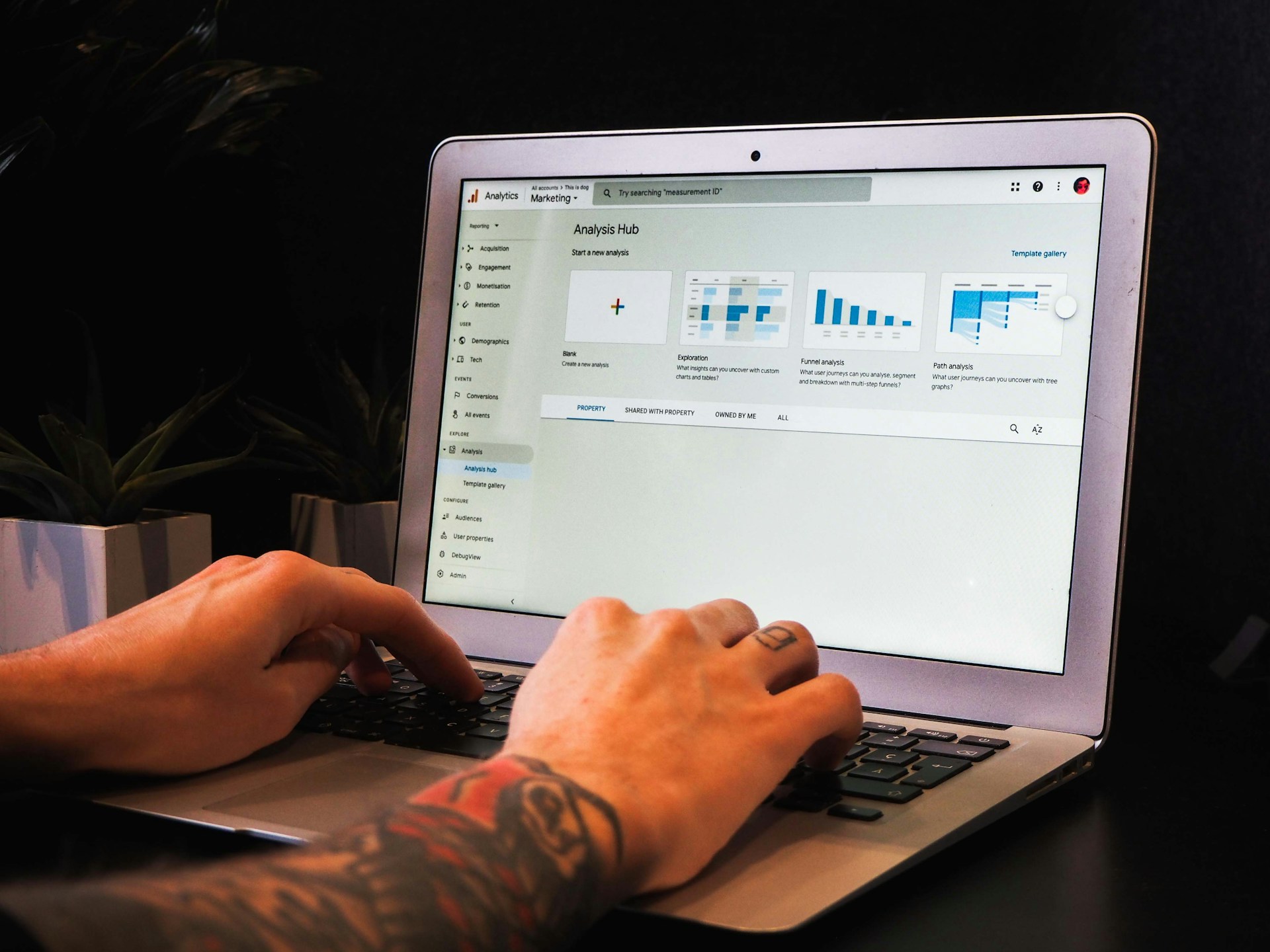
Integrating Google Analytics with CRM Systems for Enhanced Insights
Introduction
Businesses thrive on insights gleaned from customer interactions. By integrating Google Analytics with Customer Relationship Management (CRM) systems, organizations can gain a holistic view of customer behavior, enhance marketing strategies, and improve overall business performance. This blog post explores the benefits, steps, strategies, tools, and best practices for successfully integrating Google Analytics with CRM systems.
Key Steps for Integrating Google Analytics with CRM Systems
- Define Objectives and Goals
- Identify specific business goals for integration.
- Outline key performance indicators (KPIs) to measure success.
- Choose the Right CRM System
- Select a CRM system that supports integration with Google Analytics.
- Popular CRM systems like Salesforce, HubSpot, and Zoho offer seamless integration options.
- Set Up Google Analytics
- Ensure Google Analytics is properly configured on your website.
- Set up goals, funnels, and e-commerce tracking as needed.
- Enable Integration
- Use built-in integrations or third-party tools to connect Google Analytics with your CRM.
- Example: Use Google Analytics 360 for advanced integrations with Salesforce.
- Map Data Fields
- Identify and map relevant data fields between Google Analytics and the CRM system.
- Ensure data consistency and accuracy.
- Test the Integration
- Perform thorough testing to ensure data flows correctly between systems.
- Validate data accuracy and consistency.
- Monitor and Optimize
- Continuously monitor integration performance.
- Make necessary adjustments and optimizations for better insights.
Strategies and Techniques for Enhanced Insights
- Customer Journey Mapping
- Track customer interactions across multiple touchpoints.
- Identify key stages in the customer journey and optimize accordingly.
- Segmentation and Personalization
- Use CRM data to segment audiences in Google Analytics.
- Create personalized marketing campaigns based on customer segments.
- Attribution Modeling
- Implement attribution models to understand the impact of different marketing channels.
- Allocate resources to the most effective channels.
- Advanced Reporting and Dashboards
- Create custom reports and dashboards combining data from both systems.
- Use tools like Google Data Studio for visualizing insights.
- Behavioral Analysis
- Analyze customer behavior on your website.
- Identify patterns and trends to inform marketing strategies.
Tools and Resources for Integration
- Google Analytics 360
- Offers advanced features and direct integration with CRM systems like Salesforce.
- Zapier
- Facilitates integration between Google Analytics and various CRM systems.
- Automates data transfer and workflows.
- Google Tag Manager
- Simplifies tracking code management and event tracking.
- Enhances data collection capabilities.
- CRM Connectors and APIs
- Utilize built-in connectors or APIs for custom integrations.
- Ensure data flows seamlessly between systems.
Integration with Other Relevant Areas
- Marketing Automation
- Integrate with marketing automation tools to streamline campaigns.
- Example: Sync Google Analytics with HubSpot for enhanced lead tracking.
- Sales Processes
- Align sales processes with customer insights from Google Analytics.
- Improve lead scoring and conversion rates.
- Customer Support
- Use integrated data to enhance customer support interactions.
- Provide personalized support based on customer behavior insights.
- E-commerce Platforms
- Integrate with e-commerce platforms for comprehensive sales data analysis.
- Optimize product recommendations and promotions.
Measurement and Analysis of Success
- Track Key Metrics
- Monitor KPIs such as conversion rates, customer lifetime value, and engagement rates.
- Compare pre- and post-integration performance.
- Analyze Customer Behavior
- Use Google Analytics reports to analyze customer behavior on your website.
- Identify areas for improvement and optimization.
- Evaluate Campaign Performance
- Assess the effectiveness of marketing campaigns using integrated data.
- Adjust strategies based on performance insights.
- Customer Feedback
- Collect feedback from customers to gauge satisfaction.
- Use insights to refine marketing and sales strategies.
Best Practices for Integration
- Data Consistency and Accuracy
- Ensure data consistency across both systems.
- Regularly audit data for accuracy and completeness.
- Privacy and Compliance
- Adhere to data privacy regulations (e.g., GDPR, CCPA).
- Implement robust data security measures.
- Continuous Improvement
- Regularly review integration performance.
- Make necessary adjustments to enhance insights.
- Collaboration Between Teams
- Foster collaboration between marketing, sales, and IT teams.
- Ensure alignment of goals and strategies.
Real-World Examples and Case Studies
- E-commerce Success with Shopify and Google Analytics
- A retail business integrated Shopify with Google Analytics and their CRM system.
- Result: Enhanced customer segmentation, improved targeting, and a 20% increase in sales.
- Lead Generation Improvement for a SaaS Company
- A SaaS company integrated HubSpot with Google Analytics.
- Result: Improved lead tracking, better attribution modeling, and a 30% increase in qualified leads.
- Personalized Marketing for a Financial Services Firm
- A financial services firm integrated Salesforce with Google Analytics 360.
- Result: Enhanced personalization, higher engagement rates, and a 25% increase in customer retention.
Conclusion
Integrating Google Analytics with CRM systems provides businesses with powerful insights into customer behavior and marketing performance. By following the steps outlined in this post, leveraging the right tools, and implementing best practices, organizations can unlock the full potential of their data and drive significant business growth. Whether you’re looking to enhance customer journey mapping, improve segmentation and personalization, or optimize marketing campaigns, the integration of these systems offers a comprehensive solution for achieving your business goals.


